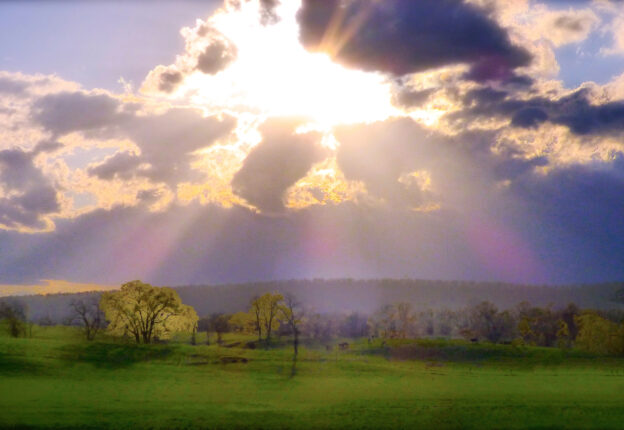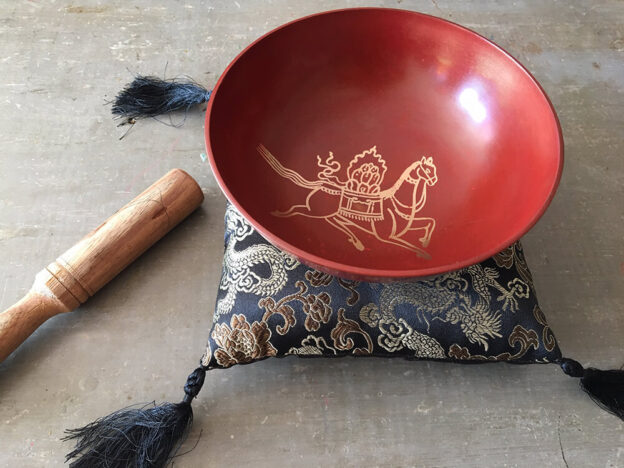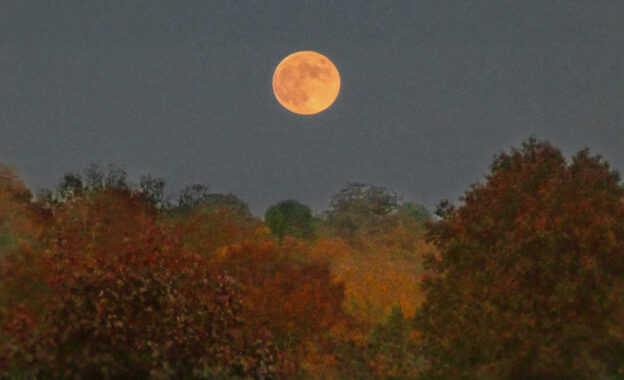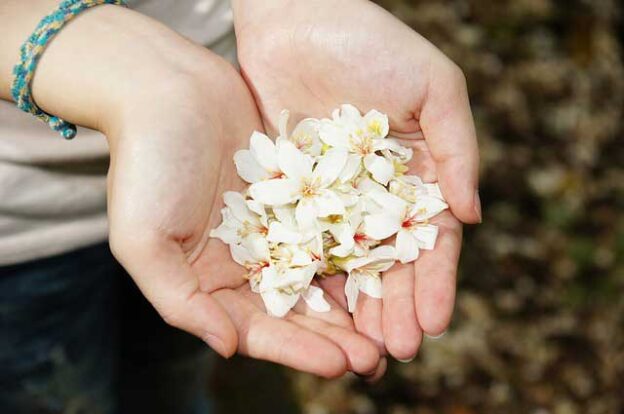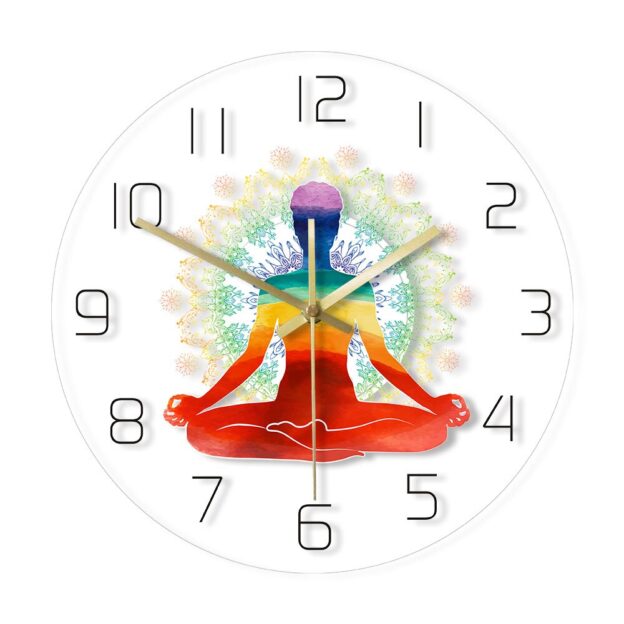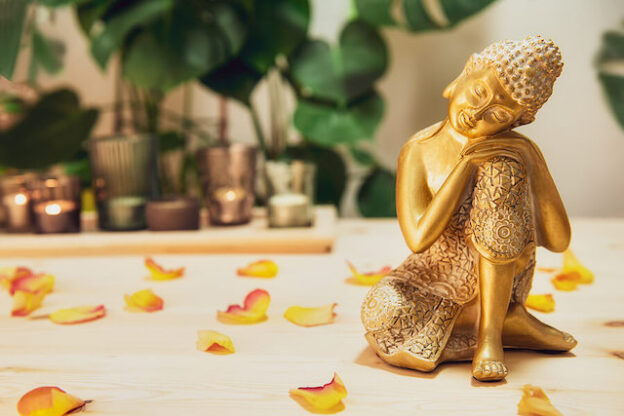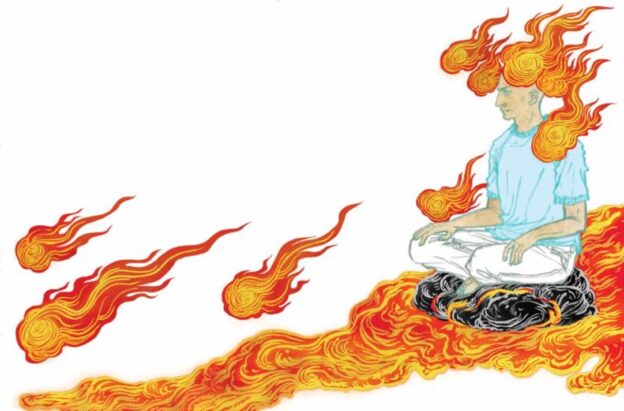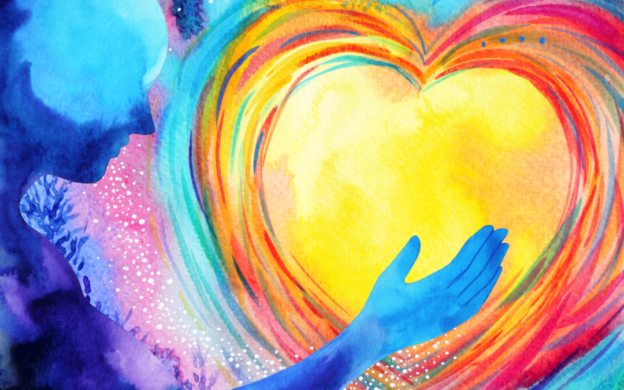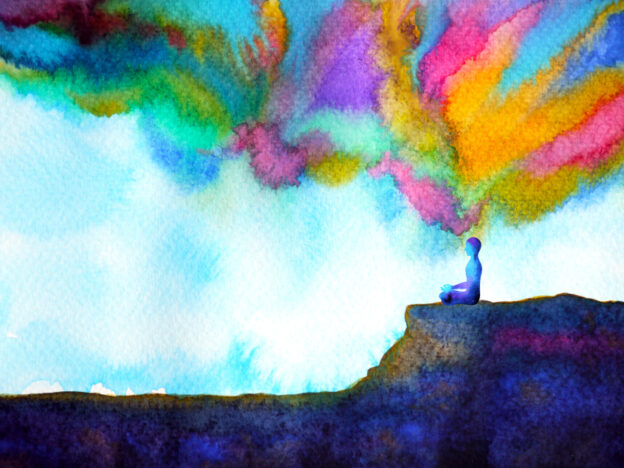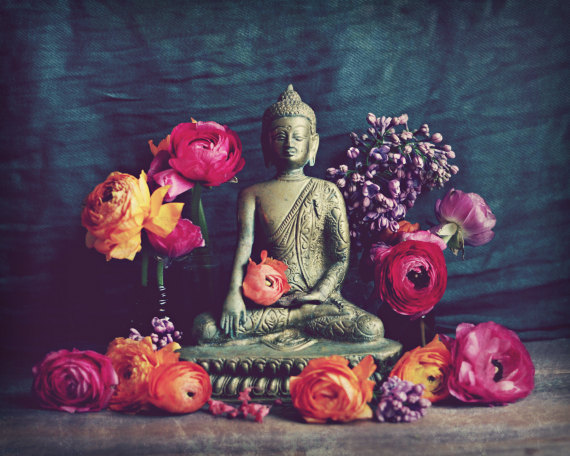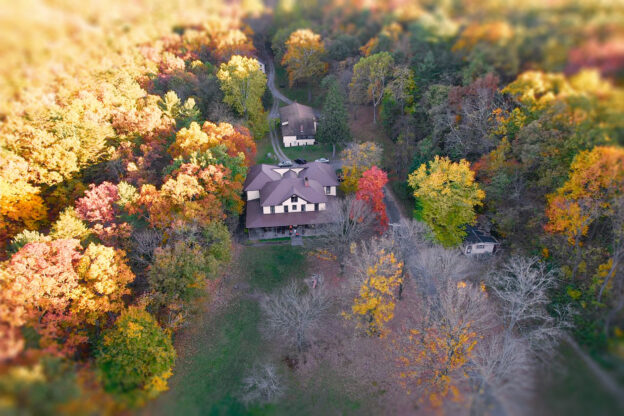Just recently, one of my new managers and I were having a follow-up talk about a retreat she just helped me with, and the question that naturally arose was:
“How do we flow back and forth between occupying our role as either teacher, or safe space holder, and then back again into a sense of self that is more defined as ‘me.’?”
I really loved her question, because the answer truly applies to all of us.
It involves asking ourselves: “How can I flow between all the different roles, hats, or identities that I place on myself every day … and that kind, wise, compassionate presence within me that is actually ‘free’ of all of those often limiting identities, or beliefs about who I think I ‘should’ be?”
And if we think about it, this is really exactly what our practice is urging us to do: to start to identifying more and more with that part of us that is experiencing the whole of our life from a place of wisdom, compassion, and openness, rather than from some sense of identity, or from some label we’ve stamped on ourselves as “someone,” or “something” – which as we know is never really the same, or even accurate.
So, for this month’s talk, “What Would Buddha Do? Taking Refuge in the Beloved,” I thought I’d expand on my answer a bit, and dive into an exploration of how we might use our meditation practice to loosen our strong grip on all of our toxic “shoulds,” and uncover and find comfort in what is often called our Buddha Nature, or, the truth of who we really are.
It includes a brief meditation at the end. As always, I hope that it will serve.
Also, a special heads up!:
Spots have been filling quickly for the MAY 2-6 RETREAT “Keep Calmly Knowing Change,” – just three weeks from now! at the beautiful, peaceful Peterkin Conference Center in Romney, WV, our newest residential retreat venue.
I’m so excited to be back there! Please see some testimonials about this wonderful center, below! I hope you can join us.
With joy and kind wishes, and my hopes to see you soon!
~ Shell 🙏🏽💕😊

